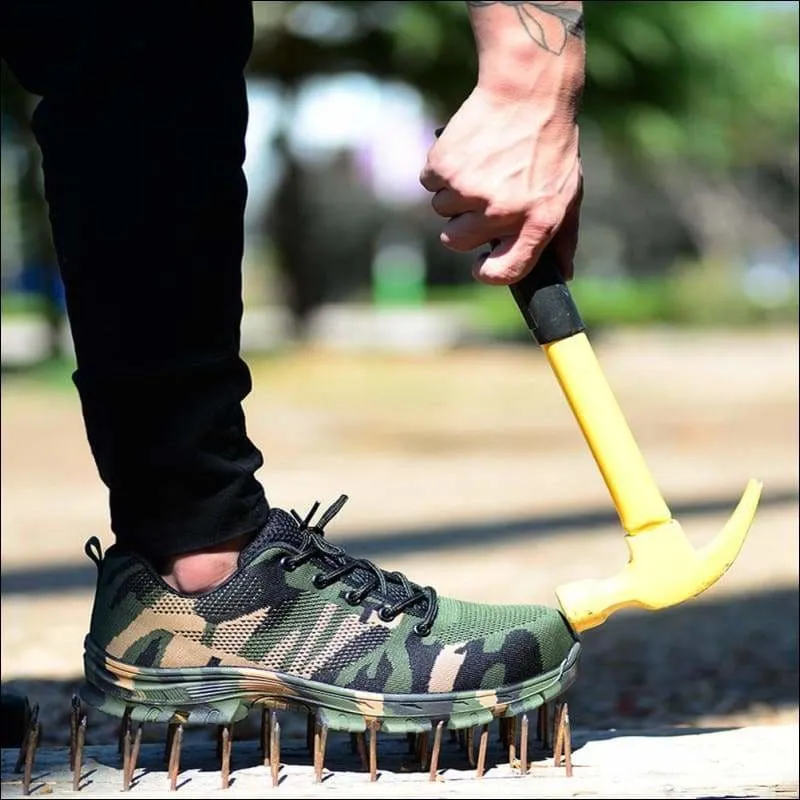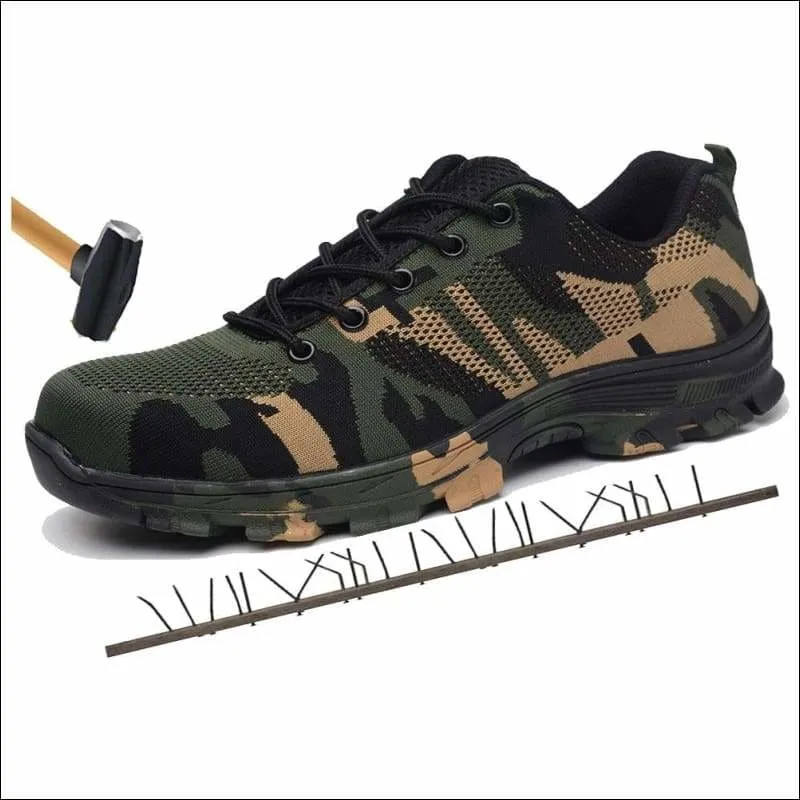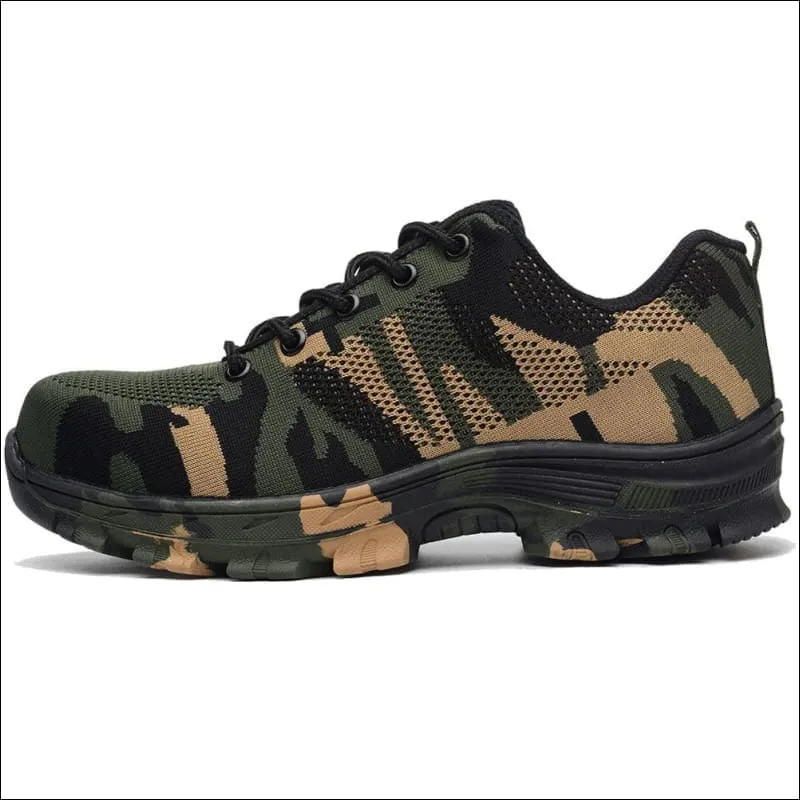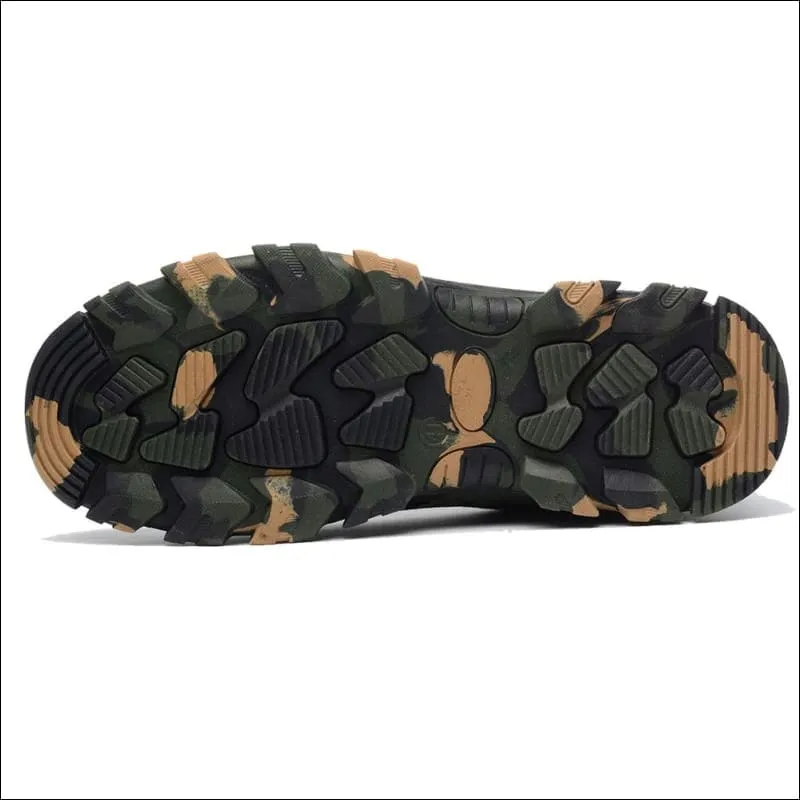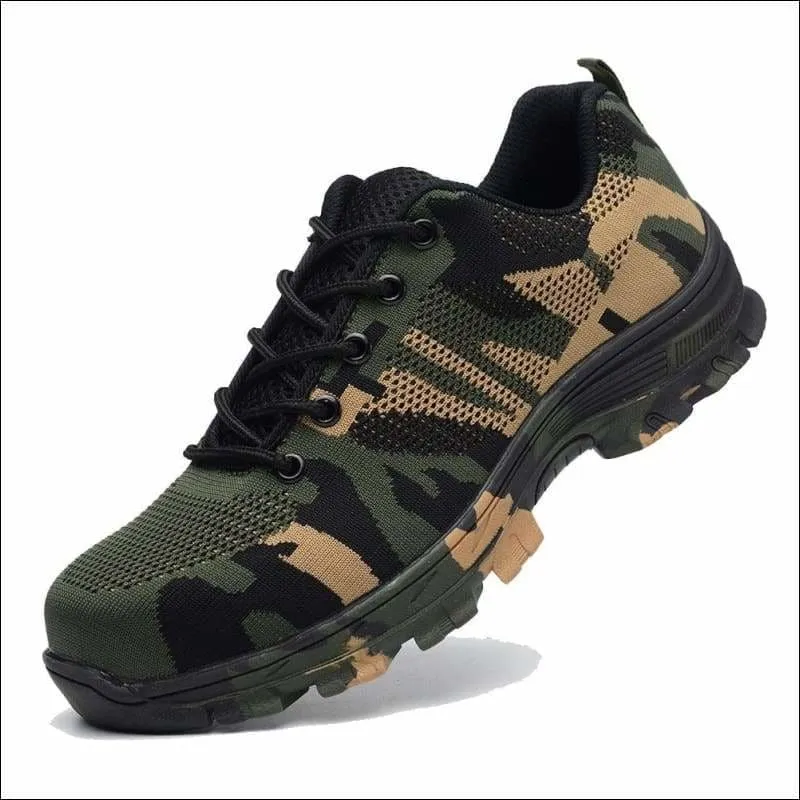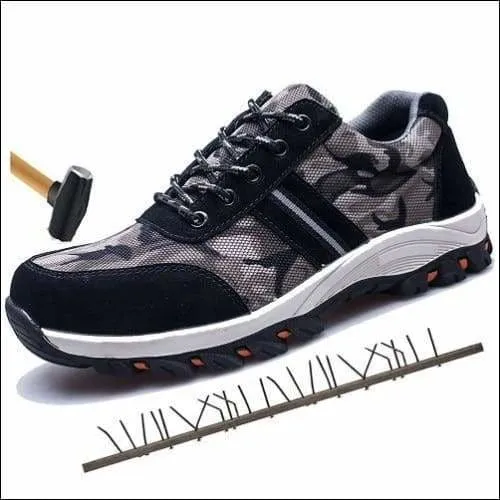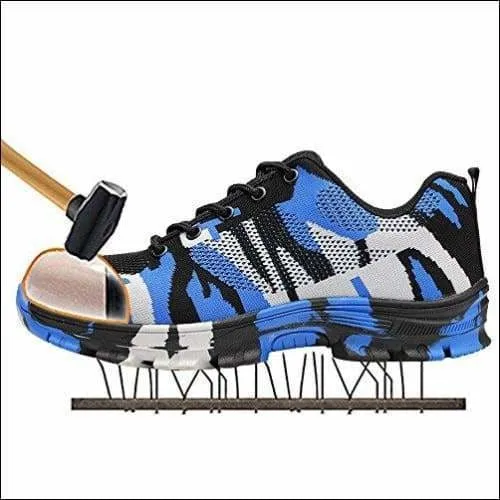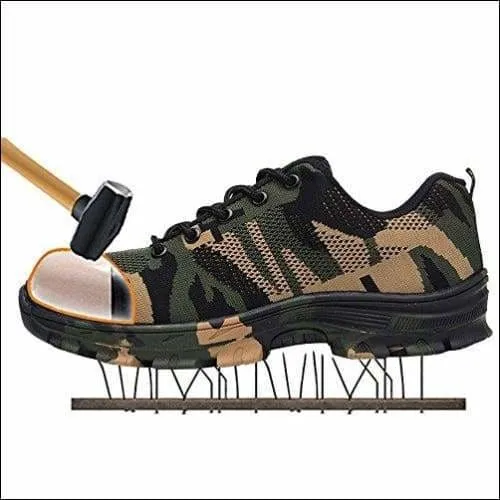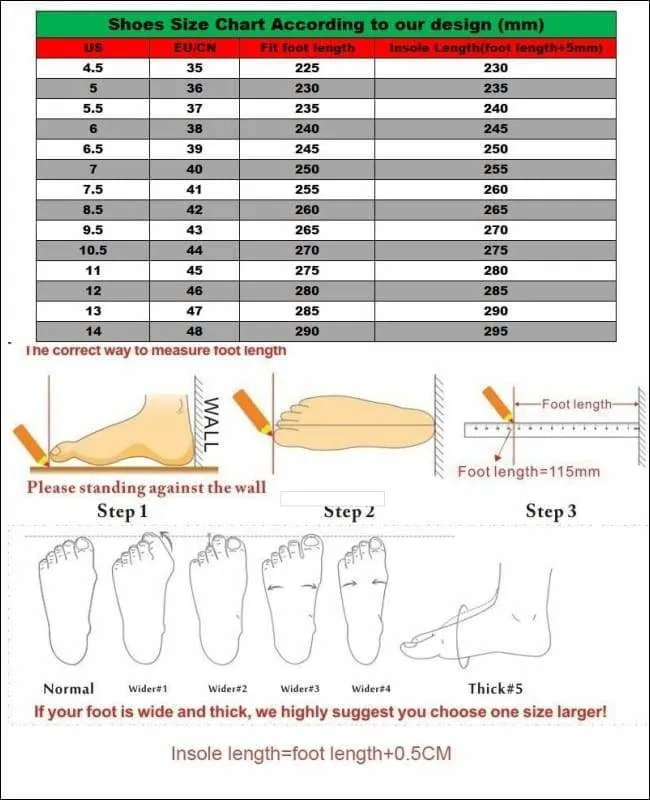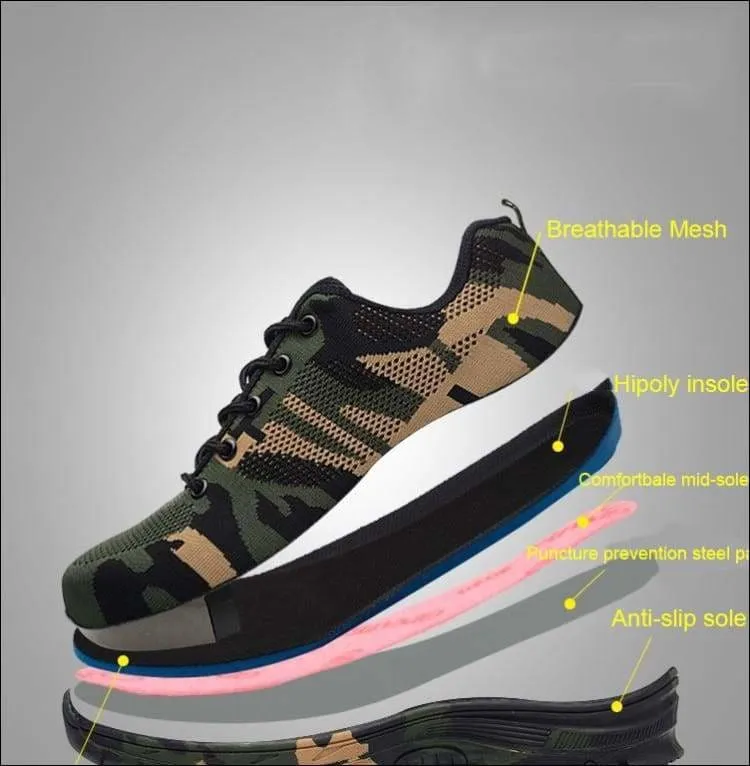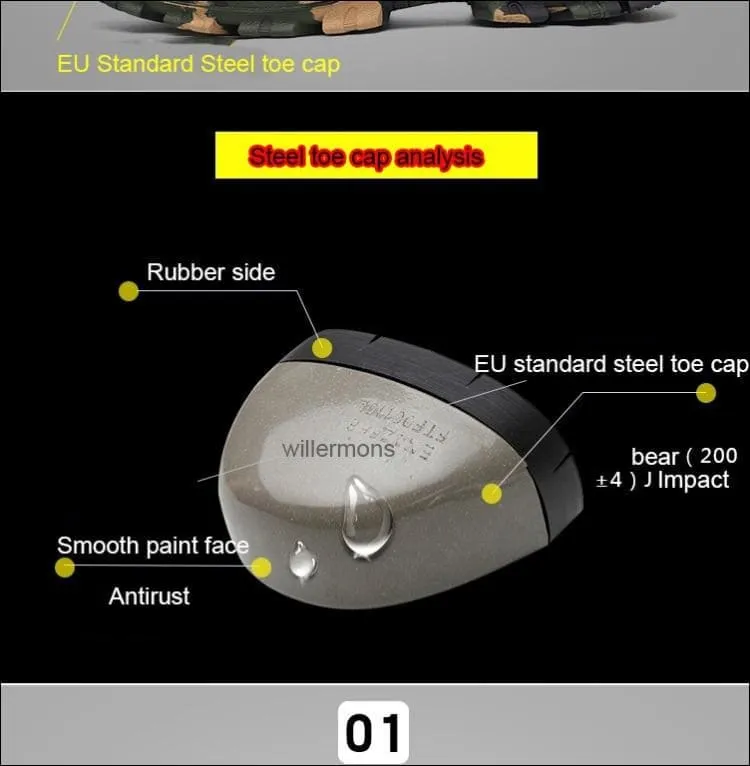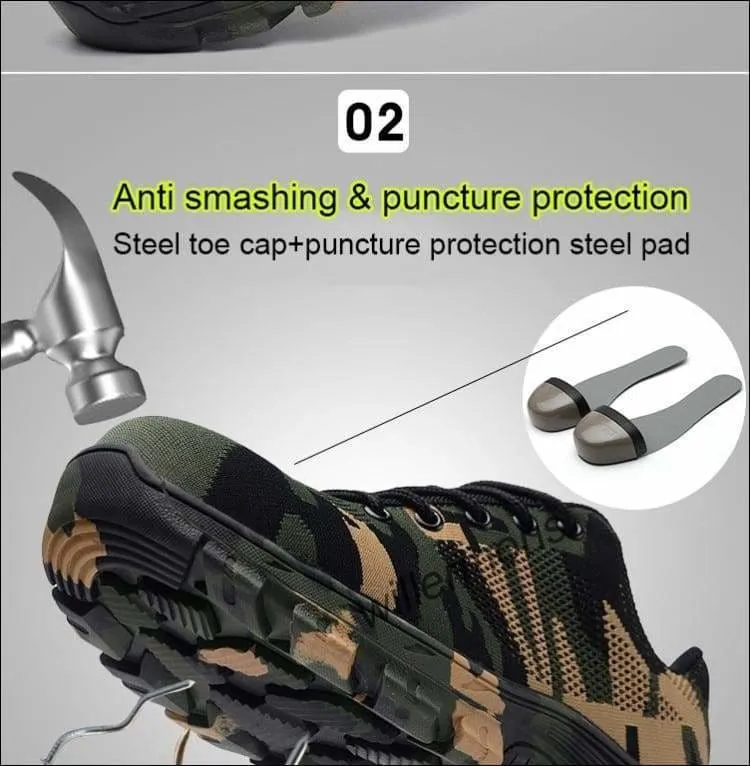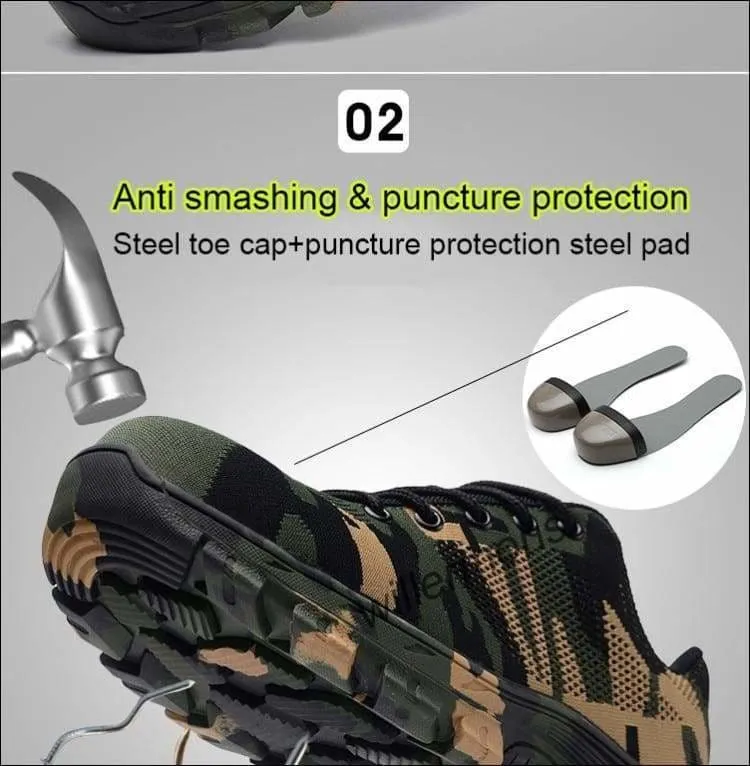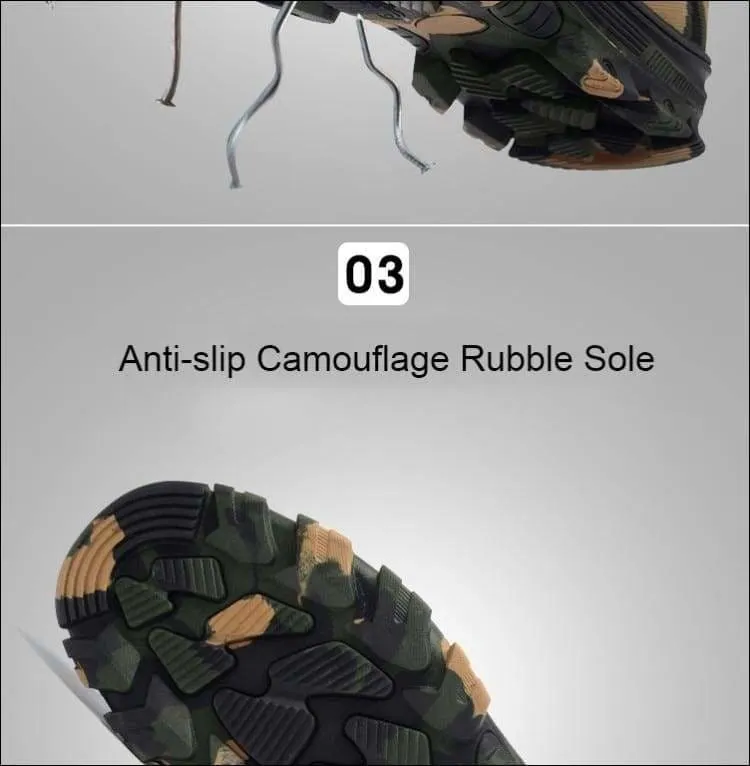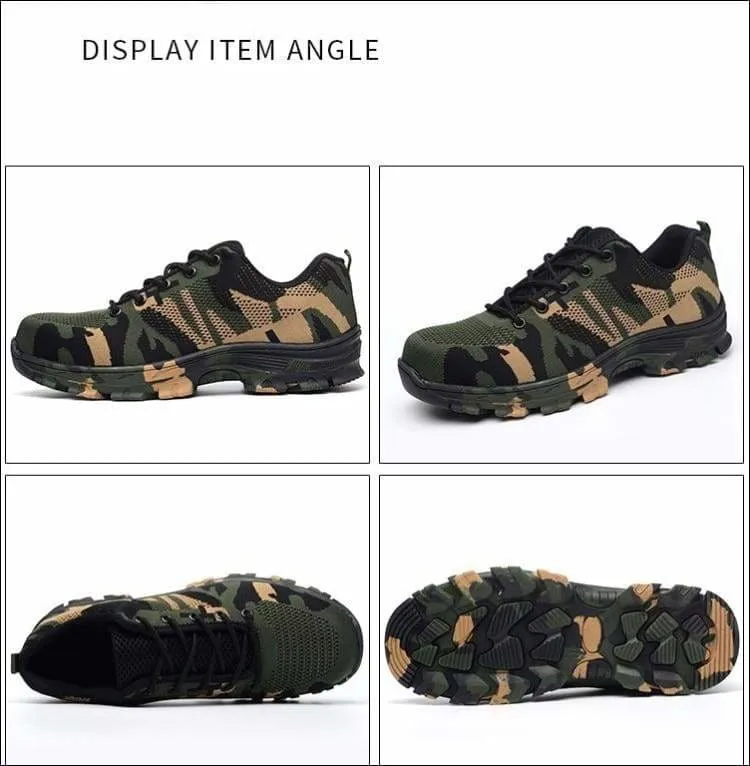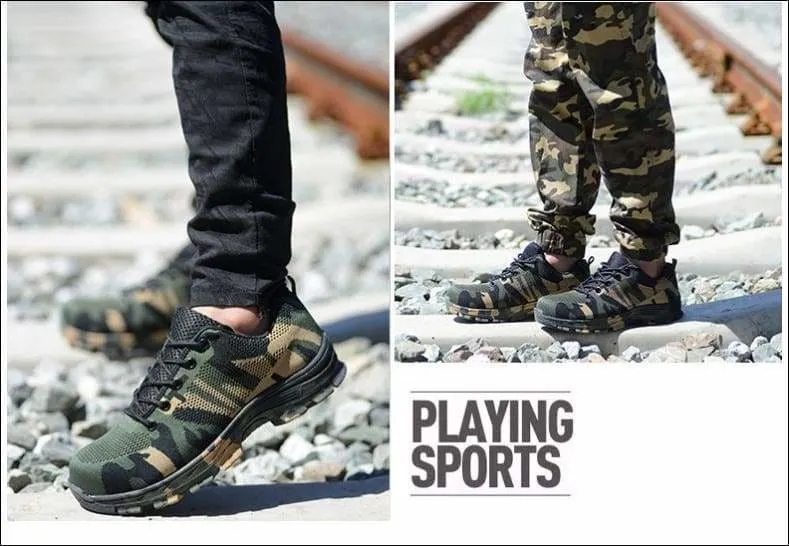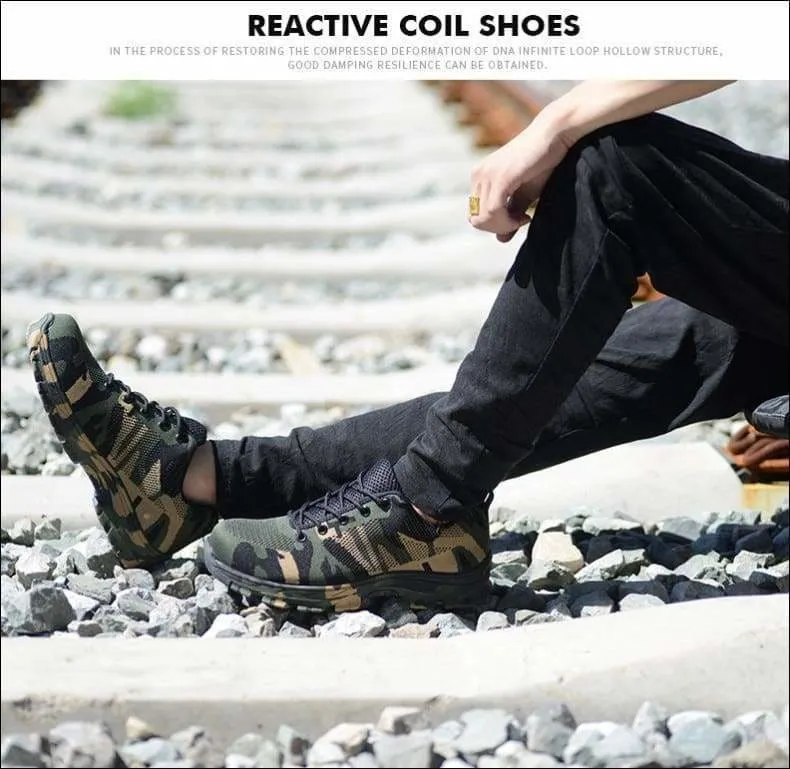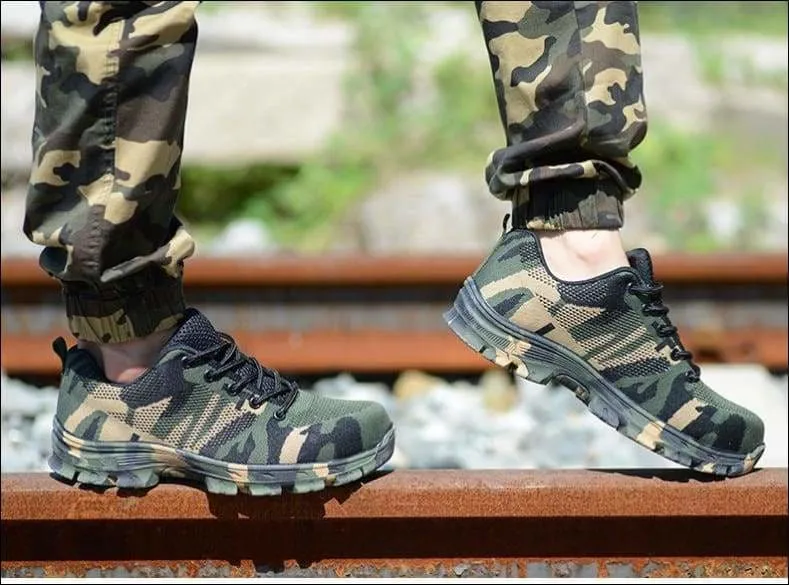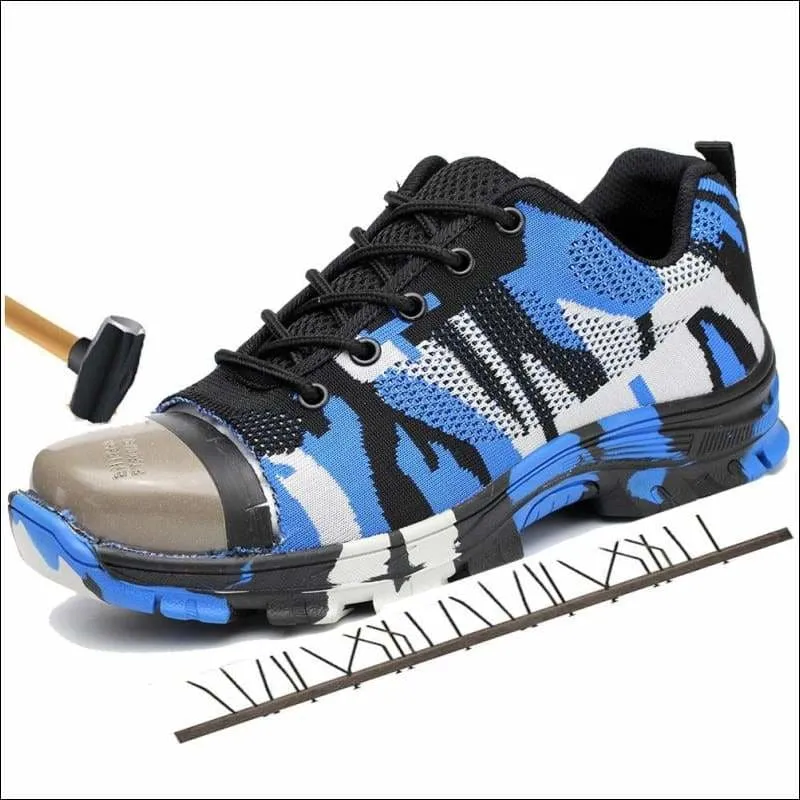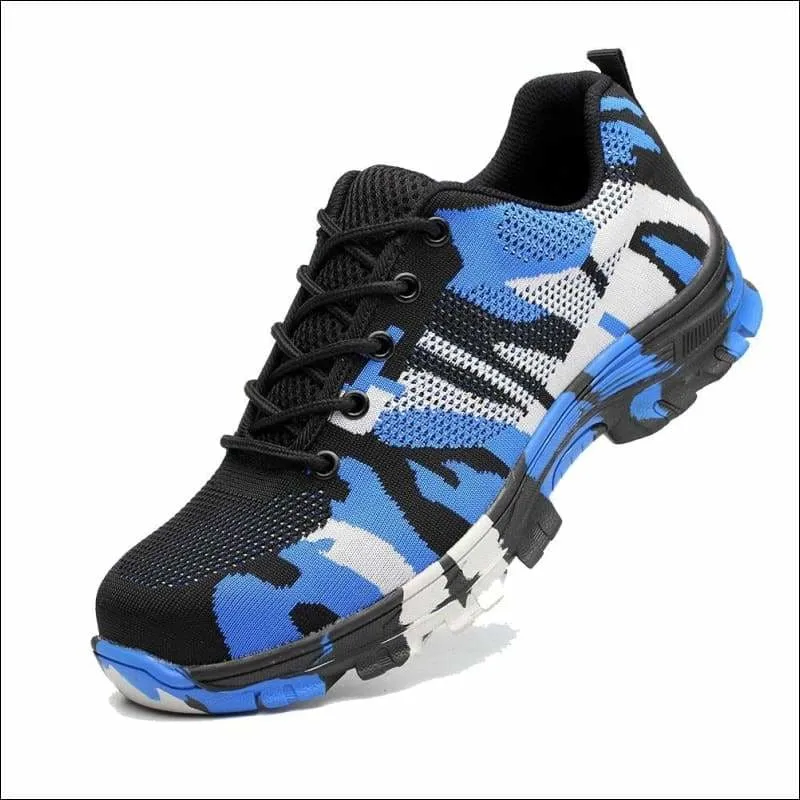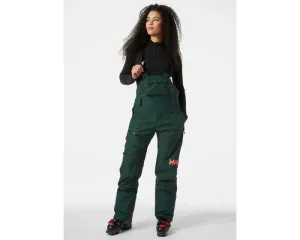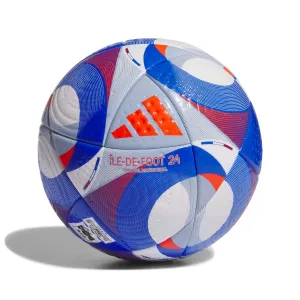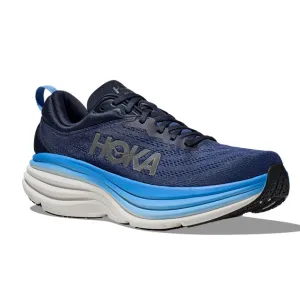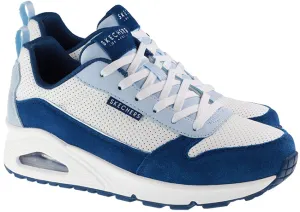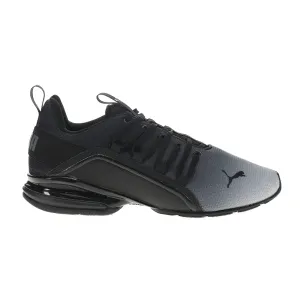🔥🔥 93% OF CUSTOMERS BUY 3 OR MORE 🔥🔥
Outdoor Construction Shoes !!!
Construction Men's Outdoor Plus Size Steel Toe Cap Work Boots Shoes Men Camouflage Puncture Proof Safety Shoes Breathable
Just click the "Add To Cart" Button Below! There's very limited stock, and they will go soon!
Note: Due to High Demand Promotional Items May Take Up To 2-4 weeks for delivery.
WE SUPPORT AN AMAZING CAUSE
We're thrilled to support Nanhi Pari Foundation is a Girl Child Right Organization which works for Education, Health & Nutrition for Girl Child.
Best Buy Deal'S 7-POINT HAPPINESS CHECKLIST
1. FREE Shipping Worldwide on special offers.
2. Fast, Sure & Safe delivery.
3. Encrypted,Safe& Secure Payments.
4. 30 Day Money Back Guarantee.
5. Real humans on our support help-desk!
6.Tracking number for every order.
7. We use encrypted SSL certificates for 100% security.
Construction Injury Facts
The construction injury carries significant risks of injury to construction workers. According to the CDC, of the 3.3 million nonfatal injuries and illnesses reported in 2009, more than 9% were experienced by construction workers. Construction workers experienced 4.3 nonfatal injuries and illnesses per 100 full time workers. Falls accounted for 22% of these injuries and illnesses construction workers reported.
Causes of Construction Injuries and Some Legal Remedies
The causes of construction injuries are numerous and varied. While some of these causes are easy to spot, others are less obvious. Familiarizing yourself with common injury types will help you avoid injury and identify any injuries you may have already suffered. Below, you’ll find explanations of some of the most common construction injury types.
Falls
One of the most common types of construction injuries are falls. Construction workers are at risk from falls from scaffolding, cranes, roofs, ladders, and other heights at work. If you’re injured in a fall, you may want to file a Workers' Compensation Claim and possibly a personal injury lawsuit against your employer or another party.
Falling Objects
Construction workers are at risk of being struck by objects from above, for example, tools used above the worker or construction materials that aren't properly secured. Brain and spinal injuries can occur, even if you're wearing appropriate safety equipment such as hardhats.
Equipment Related Accidents
Heavy machine equipment used on construction sites can fail or be dangerous. For example, a forklift could fail to work properly, a dumpster could fall over unexpectedly, or a nail gun could misfire. If equipment is unsafe or dangerous and that caused your injuries, you may wish to discuss with your attorney a legal theory called "product liability." That's the law about who's responsible for defective or dangerous products.
Backovers and Crushed –Betweens
Workers are at risk of being run over by large trucks backing out of construction sites. They are also sometimes crushed between large vehicles and walls or concrete. These types of accidents can be related to supervisor neglect in controlling a work site.
Fires and Explosions
Construction sites often contain hazardous conditions such as exposed wiring, leaking pipes, and flammable chemicals that could lead to fires and explosions. Less common than some other types of accidents, these can, however, be fatal or result in serious injuries.
Trench or Building Collapses
Another common type of construction injury is when a trench that's being built collapses on the workers inside. A building that’s being demolished or that’s under construction can suddenly or unexpectedly collapse, killing or seriously injuring those inside. Even if the cause of the accident can’t be directly determined, a negligence legal theory of "res ipsa loquitur" may apply and you can still be compensated without proving who was negligent or in what way.
Repetitive Motion Injuries, Heat Stroke, and Other Overexertion
Due to the hard physical labor required for construction work, employees in this industry often have injuries related to overexertion, including:
Repetitive motion injuries
Muscle and joint damage due to overuse
Heat stress in hot conditions that can lead to brain, heart, or kidney damage or death
Hypothermia or frostbite resulting in the loss of fingers, toes, and parts of the face in cold climates
High Lead Levels
Unsafe construction sites and work practices can lead to work exposures to lead. Construction workers represented 16% of elevated blood lead concentration cases in 2002-2008.
Respiratory Diseases
From 1990 to 1999, more than 1,000 construction worker died from pneumoconiosis. Pneumoconiosis is legally defined as a chronic dust disease of the lung arising out employment, usually in coalmines. The most common pneumoconiosis conditions that have led to death in construction workers are Asbestosis, Coal Workers' Black Lung, and Silicosis. If you’re suffering from one of these respiratory conditions, you may have a product liability claim against your employers or the manufacturers or suppliers of asbestos, silica, or other product that harmed you.
Types of Medical Conditions Caused by Construction Injuries
The construction injuries described above can lead to medical conditions including:
Amputation of a finger, toe, or limb
Broken bones or fractures
Burns for fires, explosions, or electrocutions
Cuts or lacerations from exposed nails, tools, machinery, etc.
Death, in which case the construction worker's family should consider a wrongful death claim to be compensated the loss of their loved one
Eye injuries or loss of vision from being impaled by objects, such as shrapnel from grinding metal, can also lead to loss of vision, or dangerous chemicals or gases
Shoulder, knee, or ankle injures such as sprains or overuse damage
Loss of hearing from the loud noises on construction sites or failure to wear hearing protection while using machinery like a jack hammer
Paralysis and other spinal cord injuries, especially from falls
Post-Traumatic Stress Disorder (PTSD) from the experience of a traumatic accident, such as when fellow workers are also injured or killed
Toxic exposure to chemicals, such as from welding jobs
Head or traumatic brain injuries (TBI) often from falls or having objects dropped on a construction worker on the job site

 Cart(
Cart(